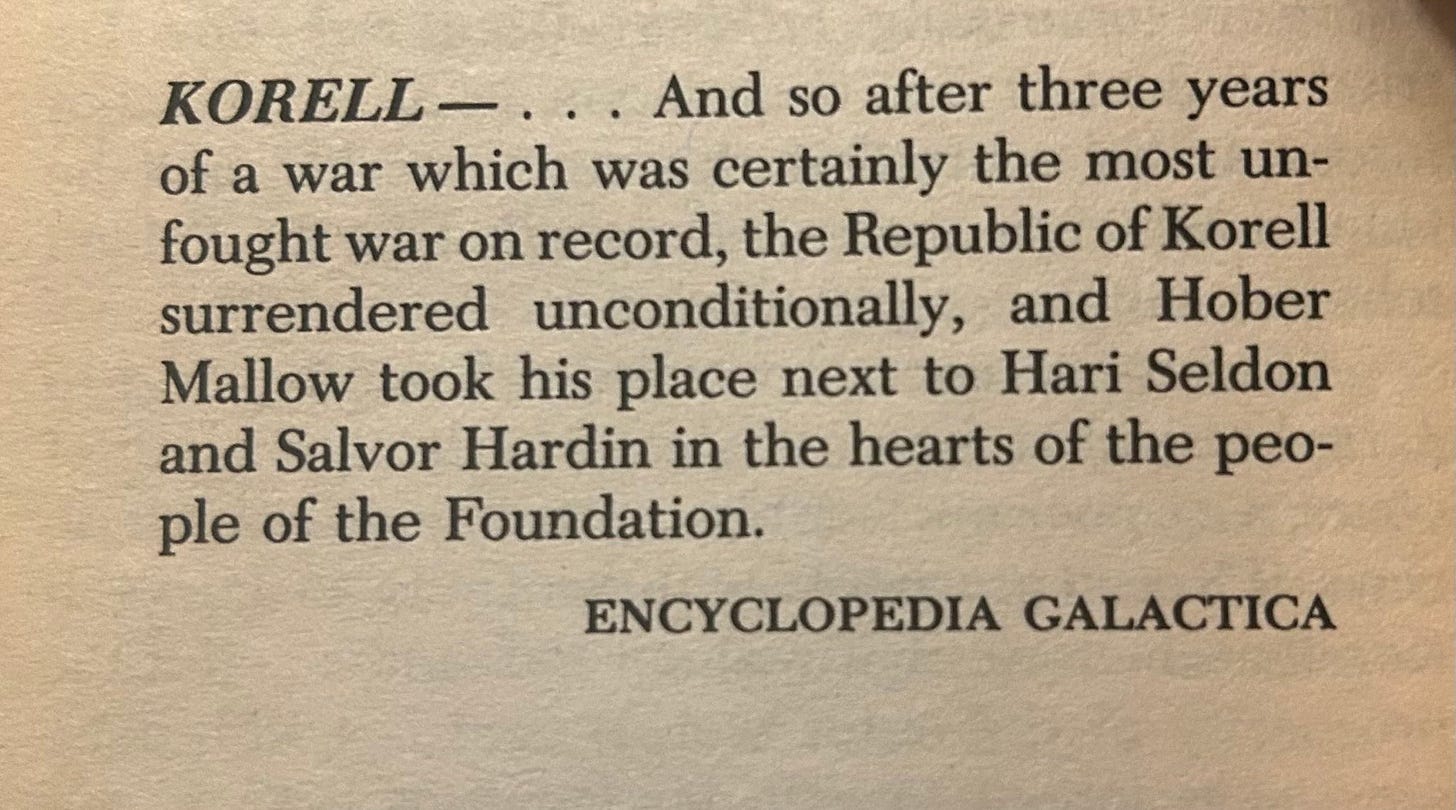We’ve exceeded the effective size of functional organizations. It’s time for something smaller, faster, smarter, and more adaptive.
We’ve reached the terminal bloat of the corporate empire. The only way forward is decentralization, NOT as a buzzword, but as a design mandate.
Most large organizations are no longer functional. They’ve grown beyond their maximum effective size. The real value now comes from units that operate as profit centers.
Everything else? Deadweight.
They should be restructured so that all discreet organizational units are profit centers.
Yes: "discreet", not “discrete.”
John Seely Brown (JSB) wrote:
“When formal structures fail to adapt, innovation often proceeds via informal, lateral (discreet) flows of information.”
In other words: the 214 "org" model already exists. It’s been forming under pressure, like groundwater beneath concrete. The only thing blocking it is a brittle top layer, clinging to control and allergic to labor.
Cost centers that can’t justify their existence in value-producing terms should be scrutinized...or eliminated.
Especially at the top.
A CEO who cannot enter the trenches is a liability, not a leader.
Put another way:
> If the C-suite can’t provide direct value (in profit generation, strategic counsel, or revenue-sharing partnerships) they should be metabolized like toxins, by a healthy system with no patience for self-important stagnation.
Now picture this:
- Not monoliths
- A web of semi-autonomous profit centers
- They govern themselves. They trade. They compete. They collaborate
- Shared infrastructure handles governance, identity, and value exchange
In Asimov’s Foundation, the decisive wars weren’t fought with fleets. They were won with leverage, trust, and trade. Power shifted quietly, until it didn’t.
The same is happening now.
These low-cost, agile ecosystems of profit centers form trade alliances. They reach scale, yet stay adaptable. They collaborate with third-party vendors (even competitors) when they deliver better results.
These alliances will coalesce into regional networks, and those networks will transcend nation-state boundaries.
The traditional profit model lacks nuance.
Gamified performance ecosystems can change that, across and within alliances. They’ll reward innovation, precision, and collaboration. Not with clunky bonuses, but with earned participation in the system itself.
Think:
- Statistical process controls as competitive mechanics
- Micro-incentives layered atop shared infrastructure
- Plus recognition of soft, non-monetary capital (trust, loyalty, reputation, contribution, and actual merit)
In this model, capital will follow performance. Middle management won’t be scaled; they’ll be obsoleted.
Because that layer (the bloated, risk-averse stratum of self-preserving opportunists) is what’s stalling innovation, selling out national interests, and freezing growth.
The quote in the attached image comes from the final chapter of Isaac Asimov’s Foundation (Book I).
It’s about quiet leverage and how it overtakes brute force.
We’ve ceded control to bureaucrats who manage complexity through stagnation. They built a fleet of thin-hulled battleships to fight a war against millions of self-guided drones.
And now?
> Don’t wait for permission
> Don’t wait for collapse
> Build the alliance
> Build what comes next
We call it the 214 Org Model:
A resilient, edge-node structure—distributed, sovereign, interoperable.
Not just a resistance; a Foundation.


